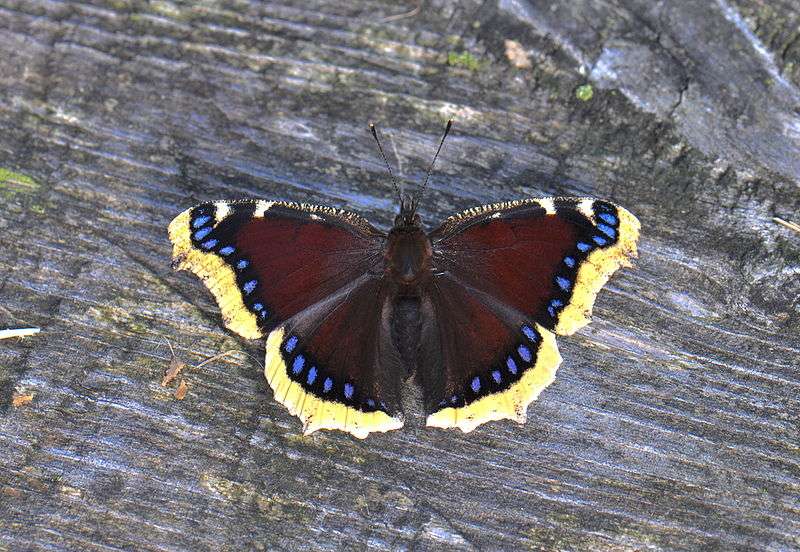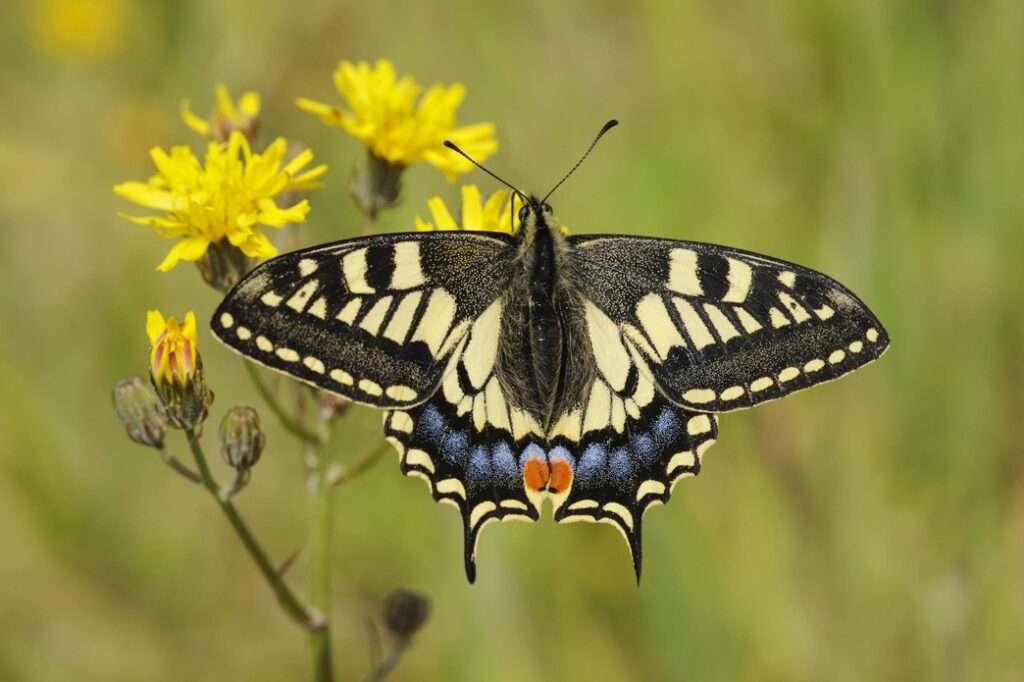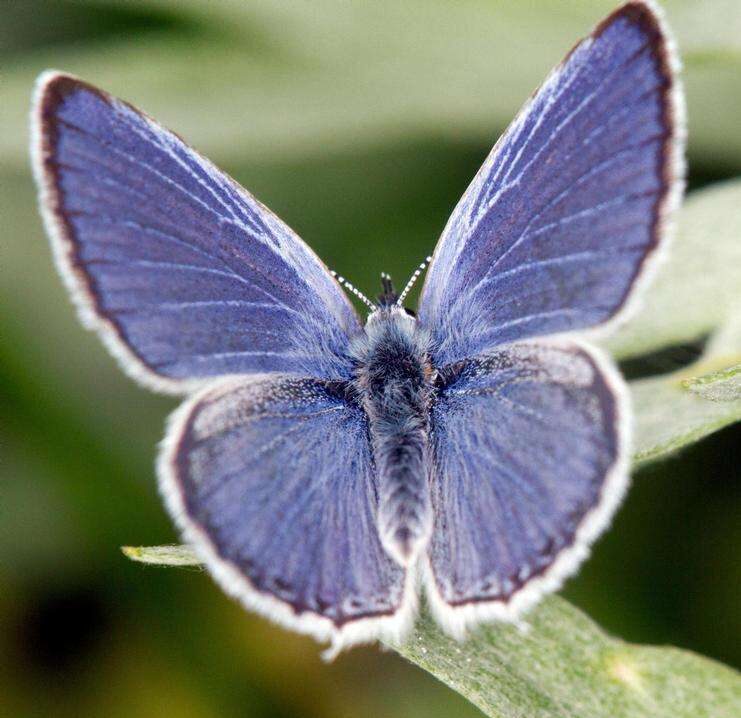
A huge butterfly with native ranges in Eurasia and North America is called Nymphalis antiopa, sometimes known as the mourning cloak in North America and the Camberwell beauty in Britain. This species’ larval stage is frequently referred to as the spiny elm caterpillar. This species has also gone by the names great surprise and white petticoat in the past. Being a strong flier, this species can occasionally be observed during migration in locations outside of its typical range.
Interesting Facts
- Only North Americans refer to butterflies with mourning cloaks by that term; the British refer to them as “Camberwell beauties.”
- With some living over a full year as adults, mourning cloaks are thought to be the butterfly species in North America with the longest lifespan.
- It appears that mourning cloaks only have four legs.
- It has been Montana’s official insect since 2001.
- The butterfly species is thought to have the longest lifespan in its geographic region.
Appearance
It’s dark maroon wings have a rough, creamy yellow border with vivid blue iridescent dots lining the interior. The wings reflect purple accents, giving them the appearance of being iridescent when observed closely. The dorsal side of the wings can exhibit an unusual variation in which the edge is wider than usual and the blue spots may not be present. The pupa’s exposure to exceptionally low temperatures is what led to this abnormality. The Mourning Cloak’s ventral surface is covered in a gray-black striated pattern that is bordered by a similar yellow wing margin to that on its dorsal area.

Diet
The leaves of deciduous trees, such as the willow, elm, hackberry, cottonwood, poplar, rose, birch, and mulberry trees, are consumed in groups by the mourning cloak caterpillar. In order to siphon sap from a tree, the adult butterfly must land above the sap flow and bend its head downward. Additionally, it eats decaying fruit. The butterfly hardly ever eats flowers, however throughout the summer it might consume scabious and knapweed nectar.
Predators
Throughout its life, the mourning cloak butterfly must contend with numerous predators. The eggs of the mourning cloak can be eaten by predators such beetles, wasps, assassin bugs, and mites. Praying mantises, and vertebrate predators like birds, reptiles, amphibians, and mammals are a few of the butterflies’ main enemies.
Habitat
The tundra line in Canada and Alaska to the north and the region of central Mexico to the south define the Mourning Cloak’s territory in North America. Although it may have a distribution that reaches as far south as northern South America, it is not a native of subtropical regions. Watercourses, sunny glades, forest borders, parks, gardens, open forests, and groves are all places where The Mourning Cloak can be found. It can be found “under the eaves of houses, in cellars, cracks, and hollows” during hibernation.
Keeping as Pet
They would make good pets because they are not harmful. If they fall in, they will perish. It works well to use a water-filled jar that is covered in plastic or screens and has tiny openings for the twigs. As needed, give the caterpillars food. When they complete what you’ve given them previously, keep adding new twigs with leaves to the cage as long as they’re still eating.
Table





